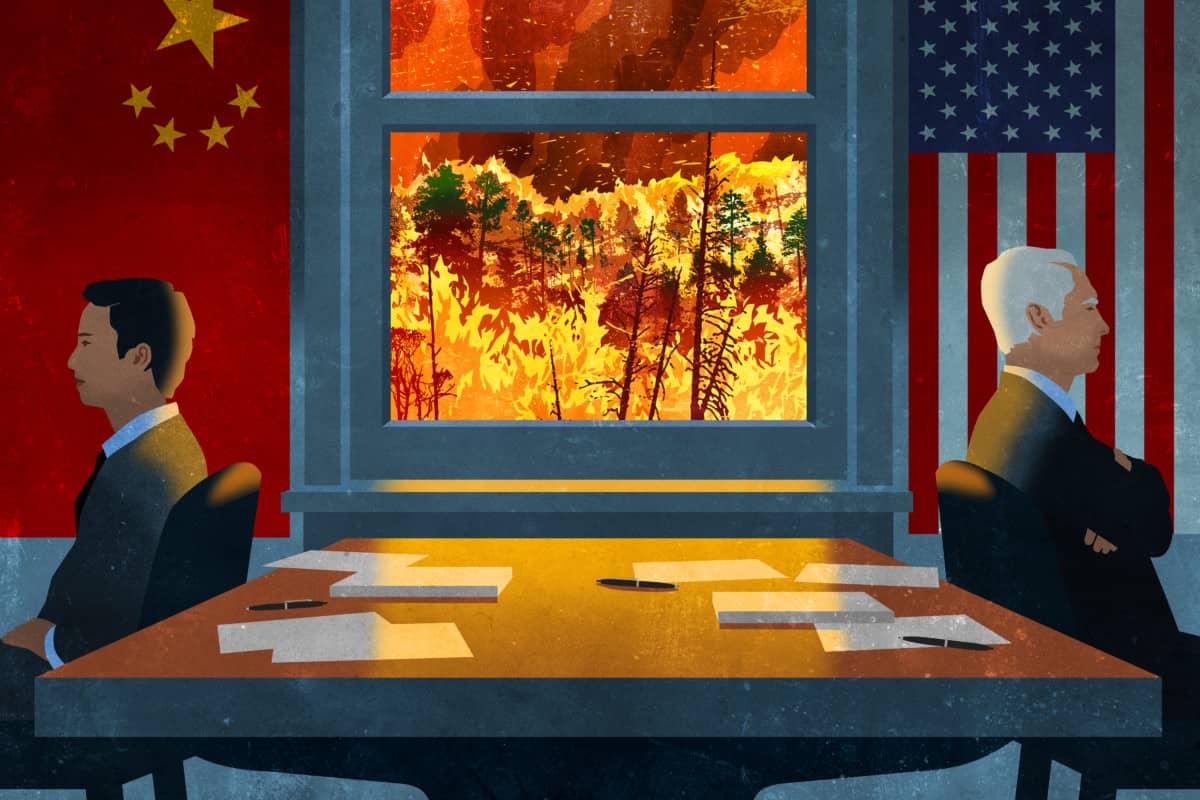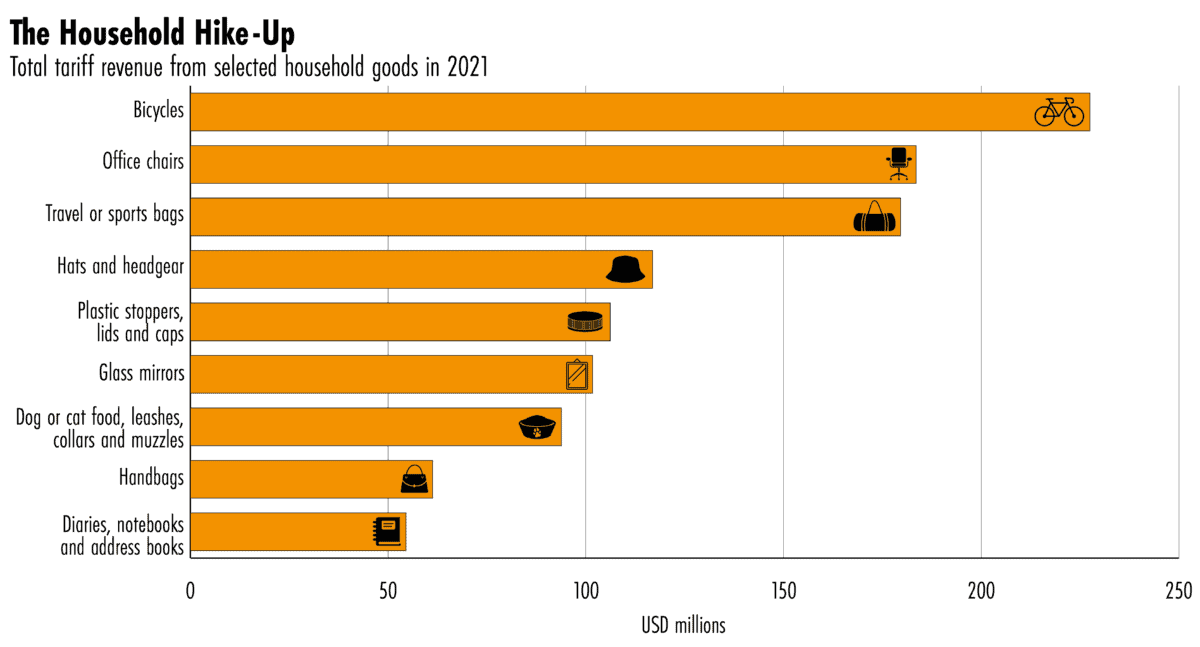Good evening. Can we stop the world from warming 2 degrees above pre-industrial levels? It’s not looking good, and in a new series from The Wire, we’re exploring how the U.S. and Chinese governments have begun preparing to adapt to worst-case scenarios of transformative climate change — and how these preparations are quietly shaping the bilateral relationship on a range of issues. Indeed, with U.S.-China tensions exacerbating the climate crisis — as our first installment this week shows — the climate crisis is in turn accelerating geopolitical competition. A new category of great power rivalry is thus emerging — not a Cold War, but a Warming War.
For decades, climate change has been framed as a crisis that the international community needs to solve — and which it could solve if world leaders would only muster the political will to cooperate and share the burden. But as Eyck Freymann reports in the first installment of our new series — “The Warming War” — the bonhomie of climate conferences and climate diplomacy masked a ferociously competitive geopolitical tug-of-war. Today, with China and the United States locked in an intensifying rivalry, the geopolitical aspects of climate diplomacy are bursting into view like never before.
President Biden’s team has turned its attention to one of the cornerstones of his predecessor’s China policy as it battles soaring inflation — the tariffs that target hundreds of billions of dollars worth of Chinese imports, ranging from photosensitive semiconductors to dog food. This week, our infographics by Garrett O’Brien look at the cost of the tariffs, what imports have been hit the hardest, and how they have impacted the cost of everyday household goods — and ask whether they have achieved their goal of changing China’s trade practices.


No comments:
Post a Comment